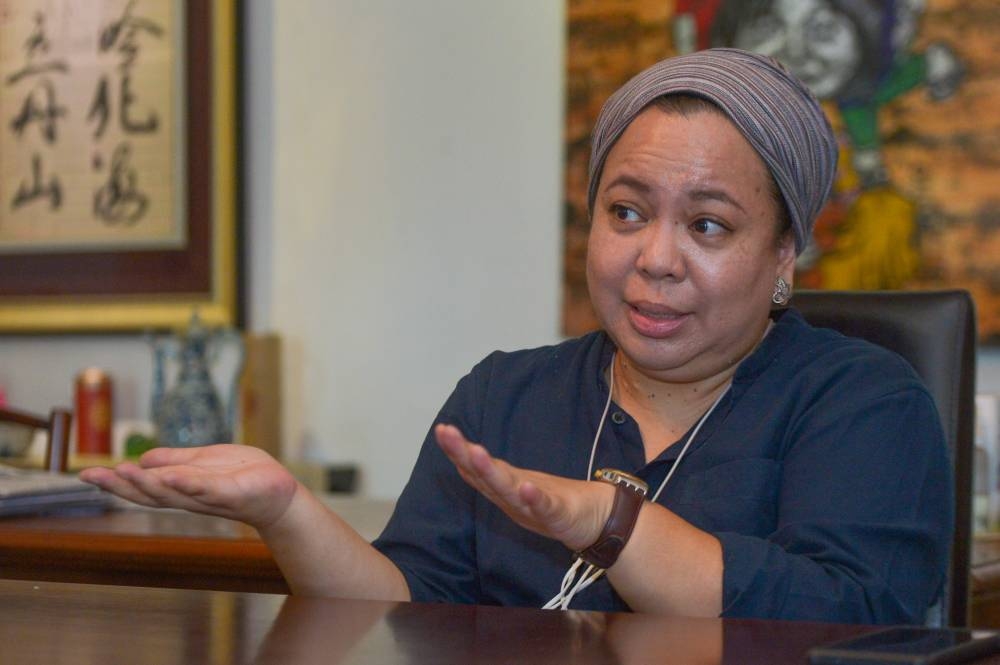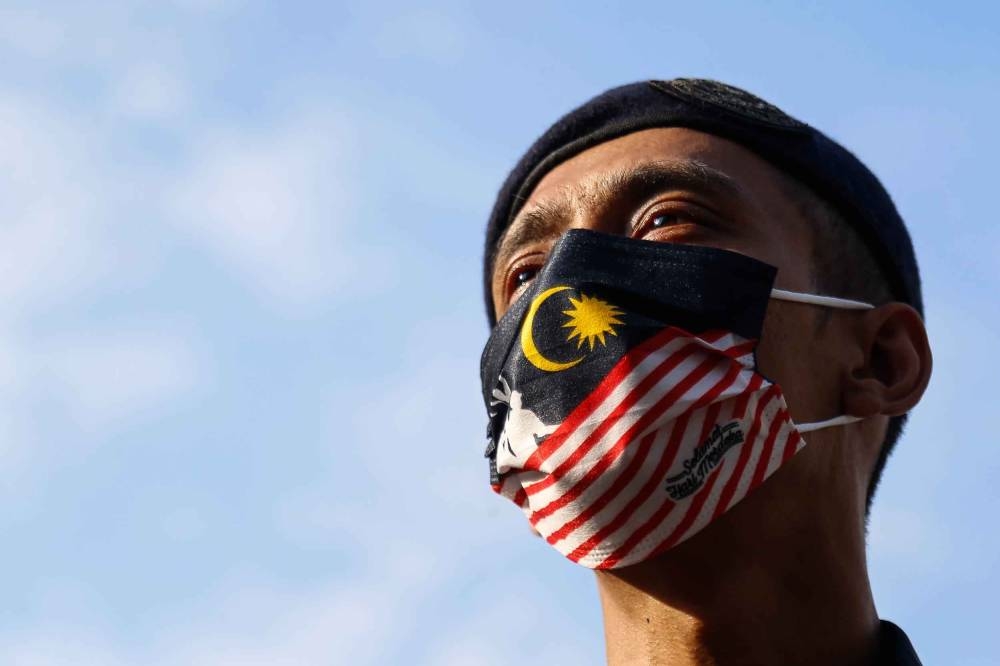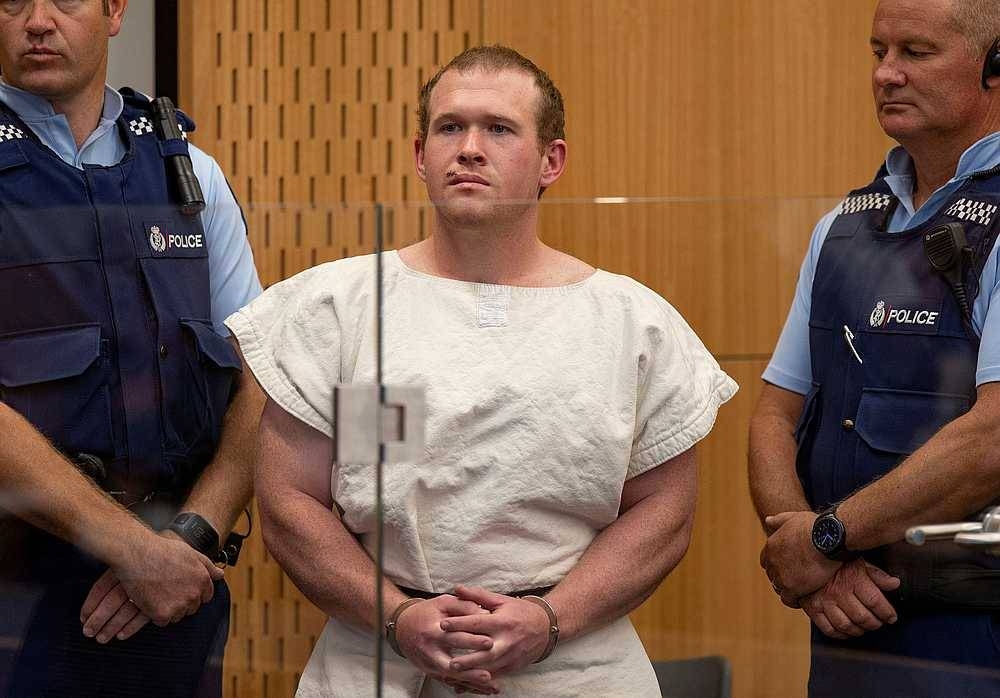KUALA LUMPUR, Dec 31 — A study conducted by peacebuilding think tank Iman Research back in 2019 found that students who were driven to acts of violence did not necessarily have religious backgrounds.
According to its co-founder and director Altaf Deviyati, it was this revelation that had then led the team to embark on preventing violent extremism (PVE), rather than countering the acts of violent extremism (CVE) — which has been the focus of the government.
The team saw the change in methods of radicalisation and even the targets have shifted.
At the time, Altaf said Iman had interviewed 1,200 youths in Selangor and Sabah — Selangor being the most developed and highly populated, and Sabah because of the challenges they were facing on the east coast with Abu Sayyaf and certain schools that were vulnerable to terrorist activities.
Abu Sayyaf is notoriously known as a violent Muslim terrorist group operating in the southern Philippines that have made several cross-border incursions into Sabah to kidnap Malaysians and tourists for money to fund its operations.
“That was a pretty interesting study because what came out was that according to national data, 10 per cent would be supportive [of violent extremism].
“But what was interesting in our study is what drives it. One key driver was actually the negative side of ethnocentrism, and that kind of made sense, looking at what our national politics is like and so that was the quality of manipulativeness of those who support violent extremism,” said Altaf in an interview with Malay Mail.
From that data, she said when referring to Malaysia, violent extremism should not be looked at narrowly.
Currently, she said violent extremism in Malaysia is only looked at from a counter-narrative perspective with hard security, and secondly only from the Islamic State, also known as Da'esh.
“Because when you realise it, those who had fallen for IS’ propaganda and dogma, their backgrounds are very diverse.
“The whole notion that they had to come from religious school is not entirely accurate. A lot of them didn’t come from religious schools.
“Yes in the old days, groups like Jemaah Islamiyah (JI), all had a specific pattern, but what we found out from the study is that post-rise of IS, the pattern has changed,” she said.
How words can hurt and lead to extremism

Today, Altaf said Iman is looking at the vulnerability of a person. She said everybody is vulnerable, and this vulnerability exists because the community lacks resilience, and it is also the result of what is happening to the country.
“So because of that, we are big on PVE. We are big on the need for prevention. Because you’re not going to be able to find that needle in the haystack, it doesn't work that way.
“You need to make youths and community have a more critical thinking, more resilient to be able to critically analyse what they are getting into and to be able to challenge it,” she said.
She stressed that until today there is still a lack of attention for PVE. Unfortunately when one looks at PVE, one will notice there is a need to address the problems in the country as well.
“Because violence comes at the last part — it’s what leads to [violence] and the progression.
“With the Malaysian government, their CVE is very good but just not very strong in their PVE strategies and seriously, it just takes one bomb. It doesn’t take a lot to have maximum damage done,” she said.
To illustrate her point, she gave an example of how when violent extremism incidents happened in Indonesia, Malaysian authorities already had a grip on the situation here although Malaysia wasn’t a target country.
“Our Malaysian authorities had really good, sound intelligence and so they had a good grip on it, which also may have been the reason that there weren’t many attacks in Malaysia,” she said.
Altaf said background profiling does not work here because each individual’s background is very different, and pointed to Australia as an example why PVE is much more in need — where its government monitors violent and hateful extremism like in the United Kingdom.
“You can already see the pattern there, it’s not just what you see online, but people saying and speaking in certain languages and it is extremism is a precursor.
“You’re just not attacking a person with a weapon, but what you are saying is seriously beyond incitement and Malaysia is getting away with so much [hateful and violent extremism] and no one is touching it, at all,” she said.
Narrowly looking at violent extremism only by making reference to terrorism is also another concern, Altaf said.
Something people need to also realise is that when people resort to violence, the whole phenomenal of violent extremism is also the breakdown in trust with the authorities.
“It is when people don’t view authorities as a safe space and they because they actually see them as the opposite. In the end, people who join these violence groups, physically pick up arms, and that means they have a total distrust on the authorities.
“What we’ve been trying to say is, don’t look at it narrowly, don’t look at it as ‘when’ they commit terrorism, cause that is really the end product, you need to look at it wider,” she said.
Deradicalisation, and the lack of a 'silver bullet'
Another expert on the field, Adlyss Aldelya Adnan, said the industry is still rather small in Malaysia — it is limited to a few government agencies, CSOs, academics, practitioners, who do work on the issue.
“But I do think that the field and interest in it is growing,” she said in an interview with Malay Mail.
Adlyss also agreed that there is still a lot that needed to be done, particularly because PCVE — both preventing and countering extremism — is a bit complex.

“The process of radicalisation in itself, is complex — there is no one pathway of radicalisation, which means it’s not possible to have one single pathway or ‘silver bullet’ to combat violent extremist propaganda or ideas.
“Some of my academic friends have also pointed out that it’s impossible to measure radicalisation and similarly, deradicalisation, because how do you measure what a radical thought is and what is not?” she said.
When talking about PCVE initiatives, Adlyss said these needed to be tied to the root causes of why people get radicalised in the first place ― and there are many reasons why people can be attracted to violent extremism ― it can be social, economic, cultural, political, religious and some others.
“Not forgetting that the landscape of violent extremism is also constantly evolving and again, depending on the context that it dwells in, will have an effect on the type of PCVE activities that are conducted in the area.
“For example, even within Malaysia, PCVE initiatives designed for Peninsular would be very different to the ones designed for Sabah, due to the differences in radicalisation motivations or drivers that stem from again, different socio-economic, security, political issues, etc. that exist in Sabah but not Peninsular,” she said.
She however said while Malaysia’s work in PCVE is still not robust yet, it has a good foundation.
Adlyss is currently the Project Manager for the Preventing/Countering Violent Extremism portfolio at the United Nations Development Programme (UNDP) Malaysia country office and according to her, the UNDP PCVE strategy essentially focuses on strengthening community resilience to violent extremism through the development of multi-stakeholder partnerships.
“Rooted in Sustainable Development Goals (SDGs) 16 and 17, our goal is to reduce community vulnerabilities to non-violent and/or violent extremist narratives by facilitating partnerships, bringing government and non-government entities together in order to build collaboration, which is something that is immensely important if we are ever to develop a multi-faceted, robust, and effective PCVE environment,” she said.
More recently, Adlyss said the UNDP with SEARCCT conducted a youth workshop called ‘Preventing Extremism by Leveraging Impactful Tailored Approaches’ (PELITA), which brought together approximately 30 undergraduates to prevent violent extremism by countering hate speech.
“This workshop was designed based on data derived from our findings from a UNDP youth survey conducted in January 2022, which informed us that almost 30 per cent of respondents (248 respondents) had been a victim of hate speech.
“Keeping in mind how hate speech can erode trust and social relationships, making our society more vulnerable to violent extremist narratives, UNDP and SEARCCT (South East Asia Regional Centre for Counter Terrorism) made a point to ensure that the sessions were very much focused on providing our youth participants with a safe space to share their opinions and experiences with one another,” she said.
'Violent extremism' is not a monolith

Munira Mustaffa, an intelligence and counterintelligence expert also found that Malaysian policymakers and stakeholders place an excessive amount of focus on CVE by perceiving it as a panacea.
“It is not,” she said adding that CVE efforts should be accompanied by comprehensive measures that can address socioeconomic disparities and high levels of social isolation as the result of people feeling disconnected from a normative structure.
At present, in terms of awareness of violent extremism, Munira — who is the executive director and founder of security research and analysis consultancy Chasseur Group — said not many Malaysians even understood what "violent extremism" means.
This, she said is due to the fact that terrorism and extremism are difficult to define since state actors have varying responses to non-state actor threats, which are never equal.
“There is no agreed definition for terrorism and extremism across the board. For instance, you will find that different states or countries conceptualise terrorism very differently from each other because each country experiences terrorism at varying degree and level.
“For example, terrorism experienced in the Philippines is not the same as Malaysia’s experience — there is a higher level of terrorism in the Philippines,” Munira explained.
She added that every country has very different historical and social constructions (including national identity) and terrain features, which is why the level and degree of violence they experience will differ from each other; therefore, their responses will also be different.
“[To compare] the Philippines relies on military actions as part of their counterterrorism response, while Malaysia utilises the police." she told Malay Mail, referring to the Special Branch.
“While both countries also create and rely on legislative structures and anti-terror laws, you may find the laws will be very different in terms of what they consider as a terror act and therefore unlawful."
In addition, she said in Malaysia, there is also a propensity to associate violent extremism with religious ideologies, which is a reductionist assumption.
“Many nations and organisations have differing definitions of violent extremism, and this is primarily due to the plethora of non-state actors with varying ideologies.
“Also, many people continue to believe the myth that individuals become extremists because of economic hardship, inadequate education and lack of religious knowledge – the reality is more complex than that,” she said.
She also noted that the threat environment has rapidly evolved substantially with advancing technology and the proliferation of social media.
The digital space, she said, has made it even more permissible for bad actors to disseminate pernicious narratives that legitimise their distorted worldviews and violent ideologies with the objective to sow discord and fragment communities.
“Earlier I mentioned that, there is also a propensity to associate violent extremism with religious ideologies, which is a reductionist assumption — following that line of thinking, social media has made it much easier for dangerous ideologies that encourage harmful and anti-social behaviour, including manifestos and instructional materials on how to plan and carry attacks, to be shared.
“Clandestine channels can be created for like-minded individuals to gather and discuss their thoughts and instigate harm.
“One such example was Brenton Tarrant and the Christchurch mosque shooting which he live-streamed. That inspired the detained youth in Singapore to try and imitate the attack,” said Munira.

Tarrant, an Australian national, armed with military-style semi-automatics, killed 51 Muslims, and attempted murder of 40 others at two mosques in Christchurch on 15 March 2019.
The mass shooting was live-streamed using a head-mounted camera.
She added that al-Qaeda 20 years ago was not the same as it is now. Staunch neo-Nazis are less inclined to hide who they are today compared to before.
“People are becoming increasingly connected across the world with the ease of the Internet, and that includes bad actors.
“Policymakers, stakeholders, and technology companies themselves are grappling with the digital reality and its implications in targeting and dismantling threat actors, which has added a great deal of stress to a system that is already experiencing a great deal of political shocks,” she said.
The Malaysian government has embarked on developing a National Action Plan on Preventing and Countering Violent Extremism (NAPPCVE) 2022-2025.
Earlier in March, the government had also launched a one-stop portal and style guide for responsible reporting on violent extremism and terrorism, mycveguide.com, in-line with the NAPPCVE.
The issue of radicalisation of youths and rise of extremism fell under media spotlight during the 15th general election campaigning, with social media posts linked to Perikatan Nasional invoking the May 13, 1969 racial riots, attacks against non-Muslims, and the questioning of political opponents' religious identities.
*A previous version of this article had accidentally omitted Munira's designation. This has been amended and Malay Mail apologises for the oversight.
This article is a collaboration between Malay Mail and Fat Bidin Media as part of the latter's National CVE/PVE Campaign.
More material from the campaign can be found at FATBIDIN.COM



















